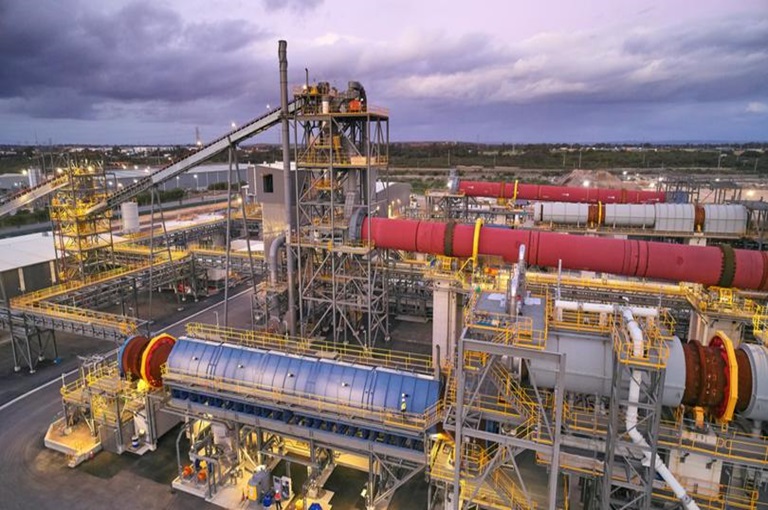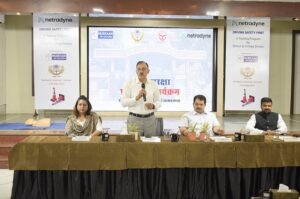
Tianqi Lithium is readying its $700m lithium hydroxide plant in Kwinana for production for a long commissioning period.
New Delhi: India is actively pursuing the diversification and expansion of its battery manufacturing sector in order to achieve its ambitious energy transition and electric mobility goals. While lithium has been the primary mineral used in battery production, there is a growing need to explore alternatives due to concerns over its limited availability and increasing global demand. The rising demand for electric vehicles and grid-scale energy storage has led to projections of a potential supply deficit in lithium by 2025.
India, there are currently no domestic lithium supplies, although recent reserves have been discovered in regions such as Jammu and Kashmir, Rajasthan, and Jharkhand. However, commercial availability of these reserves is expected to take time. Consequently, India relies entirely on lithium imports, which have been increasing year by year. In the fiscal year 2022-2023, India’s lithium import bill amounted to $33.05 million, representing a 49% increase compared to the previous fiscal year. Additionally, the import of lithium-ion batteries grew by 56.84%, reaching $2.87 billion in the same period.
To mitigate the risks associated with heavy dependence on lithium and the competitive race for lithium mines in countries like Chile, Argentina, and Australia, India is exploring other minerals and chemistries for battery manufacturing. One notable mineral being studied is sodium, which is paving the way for sodium-ion batteries, albeit on a smaller scale. Sodium-ion batteries have the potential to be a game-changer due to the limited availability of lithium. Furthermore, India is investigating alternative technologies such as aluminum-air batteries, vanadium batteries, and flow batteries.
India is actively implementing strategies to diversify and enhance its battery sector. In addition to exploring domestic reserves and sourcing lithium from other countries, the government has initiated a production-linked incentive scheme targeting “niche” batteries. This scheme aims to promote research and development in newer chemistries for batteries. Battery companies are also aligning their efforts by developing batteries based on alternative chemistries.
In conclusion, India recognizes the need to diversify its battery manufacturing sector beyond lithium to overcome potential supply constraints and reduce dependence on imports. The government’s initiatives, coupled with ongoing exploration of alternative minerals and chemistries, highlight the country’s commitment to fostering a robust and sustainable battery industry as part of its energy transition and electric mobility objectives.






